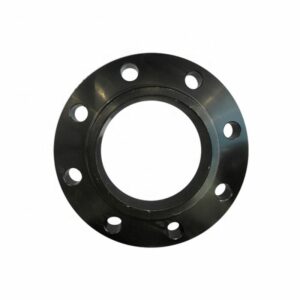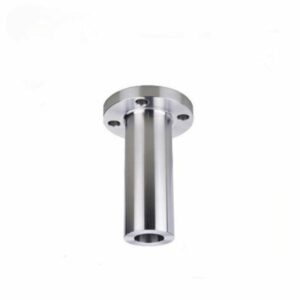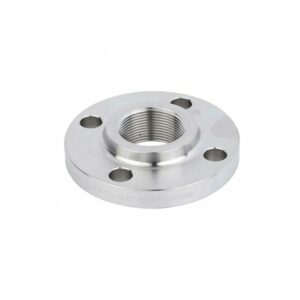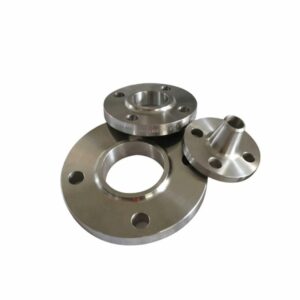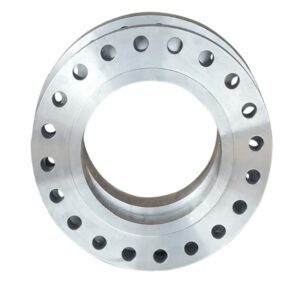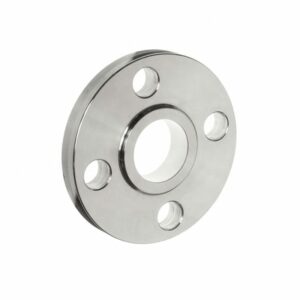PRODUCT FEATURES
Blind Flange Manufacturer to Rocket Your Business
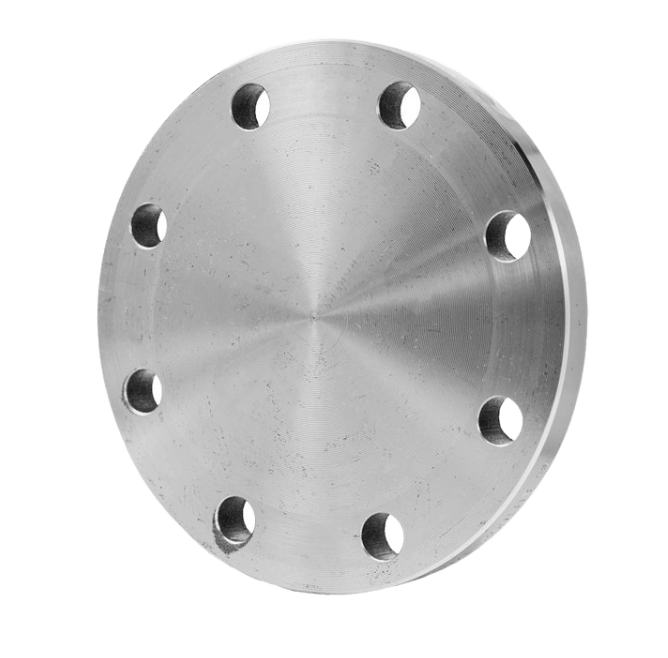
PRODUCTS
Proud To Offer A Wide Variety Of Flanges
If you are looking for something specific that isn’t listed on our website yet, just contact us today!

ABOUT US
Who Is Oflange.com
oflange.com have seen that today there are also many flange companies in China & internationally. However, their solutions were still stuck a few years ago.
In fact, we have been upgraded in recent years, and oflange.com hope our smart and flexible solutions can inject fresh blood into this market.
PARTNER
Who Trust Us





BUYER’S GUIDE
Blind Flange: The Complete Guide
If you’re in the business of manufacturing products, you need to know about blind flanges. A blind flange is a type of Flange that doesn’t have any holes in it, which means that it can’t be used to join two pipes together.
Instead, a blind flange is used to close off an open pipe or tube. In other words, it’s like a cap for your pipe. You can use a blind flange to seal off a section of your pipe so that no one can access it, or you can use it to create a custom-fit connection point for different piping sizes.
In this blog post, we’ll show you how to install a blind flange and we’ll provide some tips on how to use it safely. We’ll also show you some of the best ways to use a blind flange in your business. Let’s get started!
Table of contents
1. What Is a Blind Flange and Its Uses
A blind flange is a type of flange that does not have a hole in the center. This type of flange is often used in conjunction with other flanges to create a seal. Blind flanges are also used to cover up existing holes in pipes or fittings.
By using a blind flange, you can create a seal without having to weld or use any adhesive. This type of flange is also ideal for preventing leaks. If you are looking for a way to create a seal in your piping system, a blind flange may be the perfect option for you.
Used To Seal off Pipelines and Valves
A blind flange is a type of flange that is used to seal off pipelines and valves. It is a disk-shaped metal plate that is inserted between two pipe flanges. The blind flange has a hole in the center that allows it to be bolted to the pipe flanges.
The Blind Flange Is Also Used To Connect Two Pipes or Tubes
A blind flange is a disk-shaped metal plate that is used to close the end of a pipe. It has a hole in the center that allows a bolt to be installed, which holds the blind flange in place. The blind flange is also used to connect two pipes or tubes.
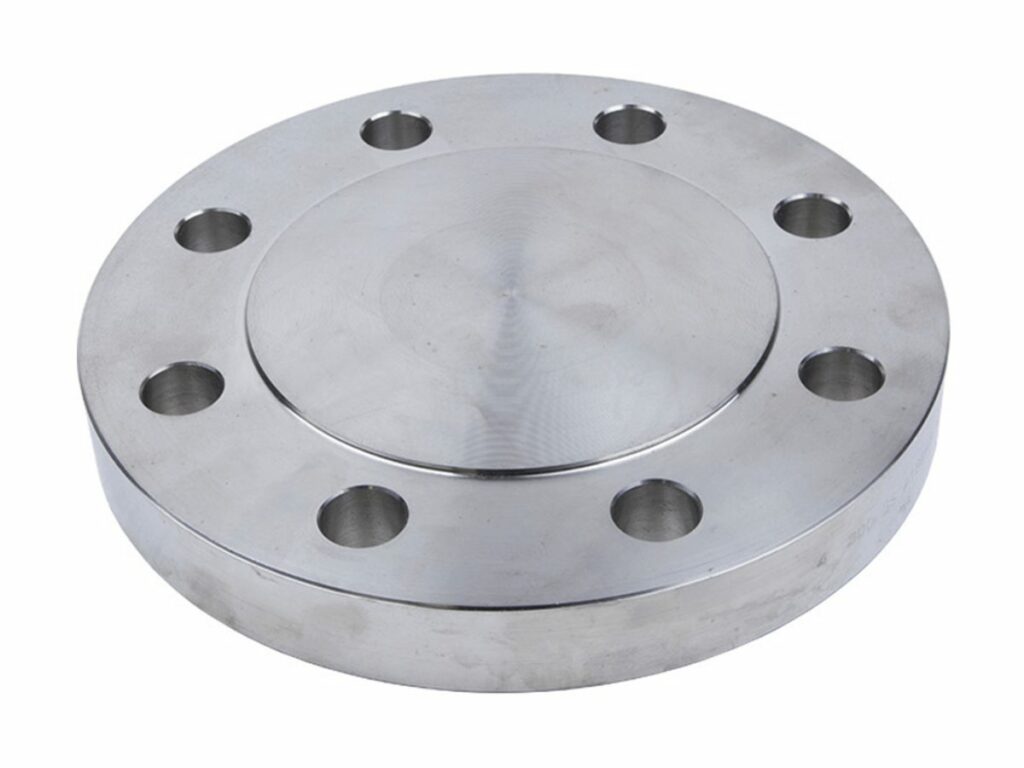
2. How Do You Install a Blind Flange
The following are the step by step processes to install the end Blind Flange:
Step #1 Make Sure the Bolts Are in a Proper Line-Up
When installing a blind flange, it is important to make sure what is a blind flange bolt the holes line up. If they do not, the blind flange can become distorted and may not seal properly.
Step #2 Position the Blind Flange In a Visible Area
The blind flange uses should be positioned so that the face that will be visible when the installation is complete is facing down.
Step #3 Insert the Bolt and Tightened Down
The bolts should then be inserted through the bolt holes and the nut tightened down. Be careful not to over-tighten the bolts, as this can distort the slip blind flange.
If you are using blind flange dimensions to seal a pipe, it is important to make sure that the gasket is in good condition and positioned correctly. If the gasket is not in good condition, it can leak.
3. Benefits of Using a Blind Flange in Your Piping System
When you’re piping system needs to be temporarily or permanently shut down, a blind flange chart can be a lifesaver. A blind flange is a disk-like object that is inserted into a pipe to close it off.
This can be incredibly useful in situations where you need to stop the flow of material in a pipe, such as when you’re doing maintenance or repairs. Here are some of the key benefits of using a stainless steel blind flange in your piping system:
It’s an Easy Way To Temporarily Stop the Flow of Material in a Pipe
When you need to stop the flow of material in a pipe, a pipe blind flange is a great way to do it. It’s easy to use and it’s an effective way to temporarily stop the flow of material.
It’s an Easy Way To Prevent Spills or Leaks
A blind flange is a great way to prevent spills or leaks in your piping system. It is an easy way to seal off a section of pipe, and it can be quickly installed or removed if needed. This makes it a versatile tool that can be used in a variety of applications.
It’s Durable and Can Withstand High Pressure
When you’re looking for a strong and durable solution for your piping system, a blind flange is a great option. It can withstand high pressure and is perfect for keeping your system running smoothly.
It’s Easy To Install and Removes
A blind flange is a type of flange that doesn’t have any holes. This means that it can be used to close off a piping system. It’s easy to install and remove, which makes it a popular choice for many people.

4. Selecting the Right Size Blind Flange for Your Needs
When selecting a blind flange, it is important to choose the right size. A blind flange should be big enough to cover the opening of the pipe, but not so big that it becomes cumbersome and difficult to work with. Additionally, the blind flange should be made of a material that is compatible with the fluid or gas that is flowing through the pipe.
It is also important to consider the pressure rating of the blind flange. The higher the pressure rating, the stronger the blind flange will be. This is important because a blind flange must be able to withstand high pressures without leaking.
If you are not sure which size blind flange to choose, or if you need help selecting a blind flange that is compatible with your application, contact the experts at [Comapany Name]. We can help you find the right blind flange for your needs and ensure that it meets all of your requirements.
5. Determining the Correct Bolt Pattern for Your Blind Flange
When ordering a blind flange, you will need to know the bolt pattern that is required. This is the diameter of the hole in the middle of the flange, and it must match the size of the bolts that will be used to attach it. If you are not sure what size bolt pattern is needed, consult with the manufacturer or supplier.
Several different bolt patterns can be used, and each one has a different name. The most common bolt pattern is called a “standard” pattern, and it has four bolts equally spaced around the edge of the flange. Other patterns include three bolts (called a “triple pattern”), five bolts (a “five-point” pattern), and six bolts (a “six-point” pattern).
When choosing a blind flange, make sure to select the one that matches the bolt pattern on your equipment. This will ensure a proper fit and prevent any leaks from occurring.
6. Type of Gasket Should Be Used With a Blind Flange
When installing a blind flange, it is important to use the correct type of gasket. The three most common types of gaskets are solid metal, spiral wound, and ASME B16.5 Class 150 blind flange gaskets.
Solid Metal Gaskets
Solid metal gaskets are made of a single piece of metal and are the most durable type of gasket. They are typically used in high-pressure applications.
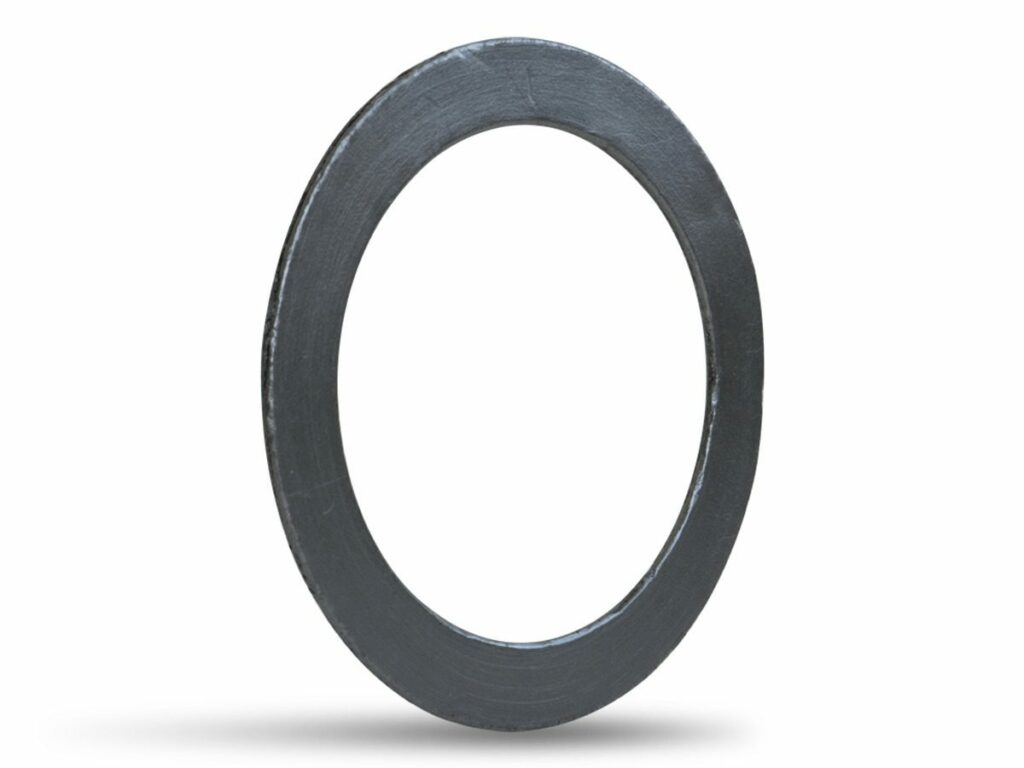
Spiral Wound Gaskets
Spiral wound gaskets are made of a metal strip that is spirally wound around a rubber core. They are more flexible than solid metal gaskets and can be used in both low- and high-pressure applications.
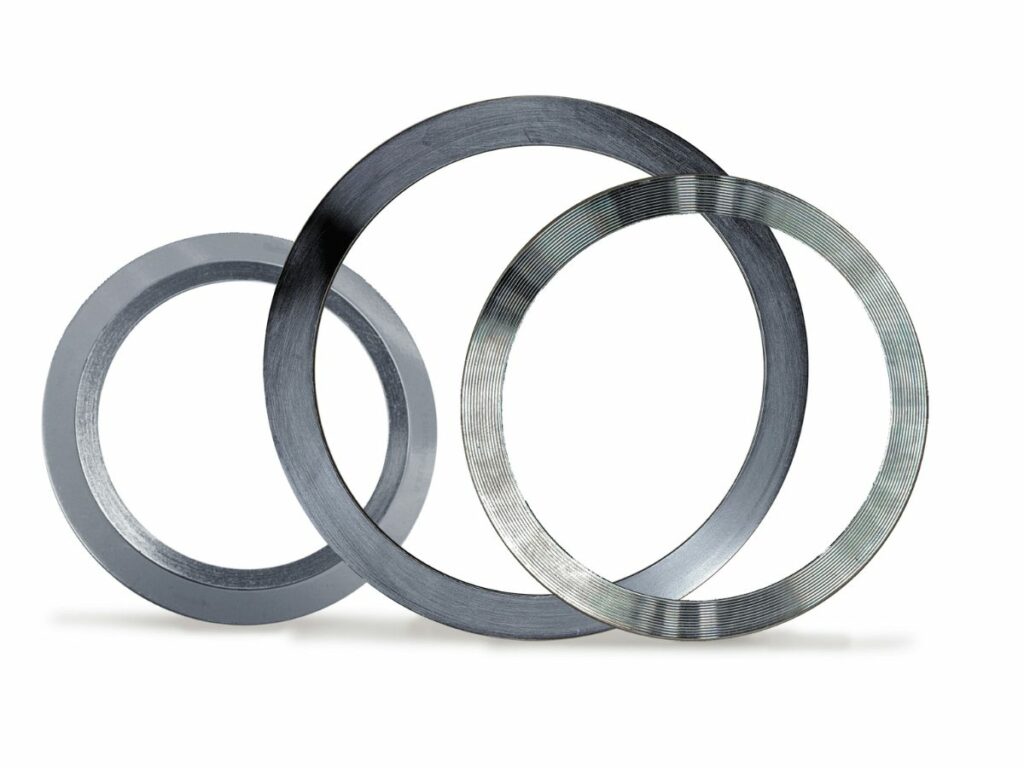
ASME B16.5 Class 150 Blind Flange Gaskets
ASME B16.5 Class 150 blind flange gaskets are made of woven metal fabric and are the most flexible type of gasket. They are typically used in low-pressure applications.
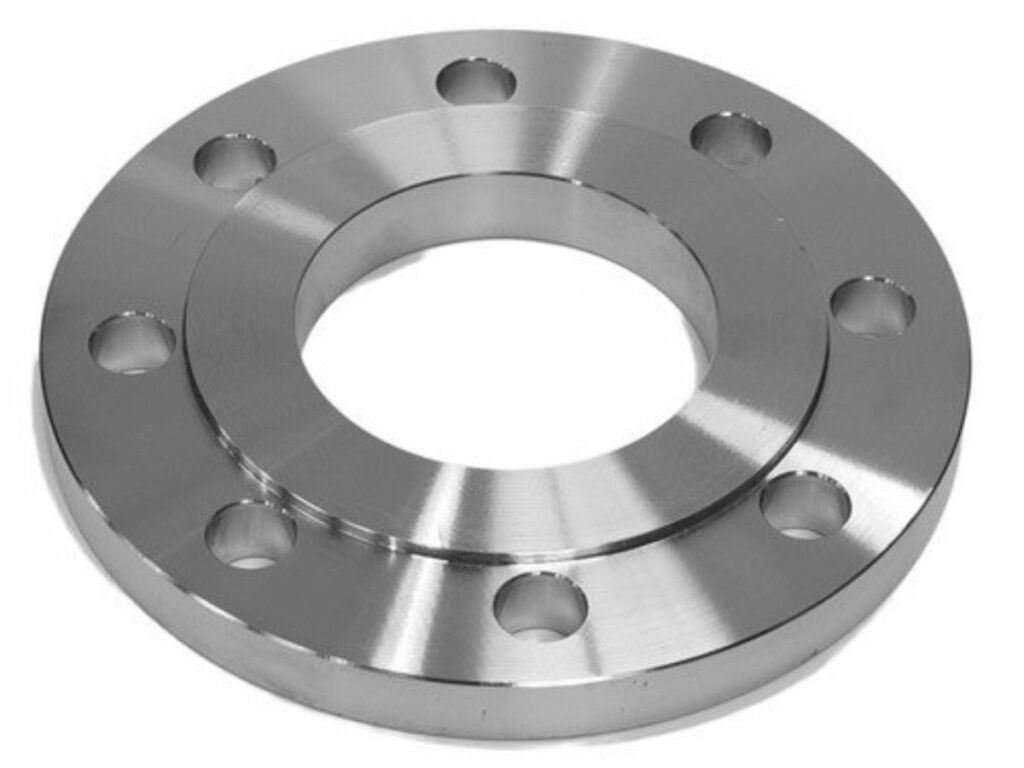
Choosing the correct type of gasket is important for ensuring a leak-free seal between the blind flange and pipe. Consult the manufacturer’s specifications to determine which type of gasket is recommended for your blind flange
7. How To Calculate Blind Flange Thickness
When you are working with blind flanges, it is important to make sure that you have the correct thickness. This will ensure that your blind flange can withstand the pressure that is put on it.
To calculate the thickness of your blind flange, you will need to know the following information:
- The diameter of the pipe
- The pressure rating of the blind flange
- The material of the blind flange
Once you have these three pieces of information, you can use this equation to calculate the thickness of your blind flange:
T= (P*D)/ (32*S)
Where:
T= thickness of blind flange in inches
P= pressure rating in pounds per square inch
D= diameter of the pipe in inches
S= thickness of material in decimal form
For example, if you have a blind flange with a pressure rating of 2500 pounds per square inch and a diameter of 12 inches, the thickness of your blind flange would be:
T = (2500*12)/ (32*0.03937)
T = 0.75 inches thick
Make sure to check with the manufacturer to find out the specific thickness of your blind flange. This will ensure that your blind flange can handle the pressure that is put on it.
8. Potential Problems With Using a Blind Flange and Its Solutions
The following are some of the common problems with the Blind Flange and its solution:
Incorrect Size of the Pipe
When using a blind flange, there are a few potential problems that can occur. One potential problem is that the blind flange may not be the correct size for the pipe. If this is the case, the blind flange may not fit snugly against the pipe, which can compromise the seal and lead to leakage.
There are a few solutions to these potential problems. One solution is to make sure that the blind flange is the correct size for the pipe. If it is not, then you may need to get a different blind flange or have the one you have modified.
The Blind Flange Are Not Properly Aligned
Another potential problem is that the blind flange may not be properly aligned with the pipe. This can also lead to leakage.
Another solution is to make sure that the blind flange is properly aligned with the pipe. You can do this by using a blind flange alignment tool or by checking the alignment marks on the blind flange and pipe.
If the blind flange is not properly aligned, you may need to adjust it before installing the flange. This can be done using a blind flange adjustment tool or by loosening and tightening the bolts on the blind flange.
These are just a few of the potential problems that can occur when using a blind flange. By knowing about these problems and their solutions, you can help ensure that your blind flange installation goes smoothly.
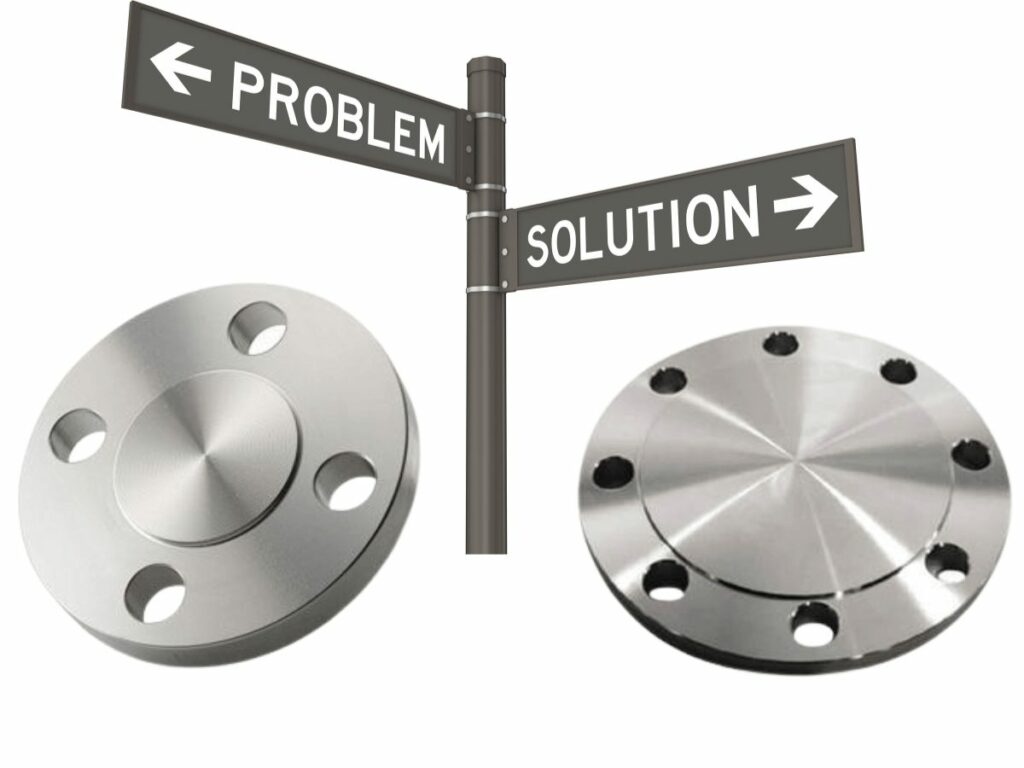
9. Type of Material To Use for My Blind Flange
Some of the most common materials for blind flanges include carbon steel, stainless steel, and alloy steel. each of these materials has its benefits and drawbacks.
| Carbon Steel | Carbon steel is a popular choice for blind flanges because it is strong and durable. It can withstand high temperatures and pressures, making it a good choice for industrial applications. Carbon steel is also relatively affordable, making it a cost-effective option for many businesses. |
| Stainless Steel | Stainless steel is a type of metal that is known for its corrosion resistance and durability. It is often used in blind flanges because of these properties. Stainless steel is also resistant to heat, making it a good choice for applications where high temperatures are present. |
| Alloy Steel | Alloy steel is a type of steel that is made up of a combination of metals. The most common metals used in the making of alloy steel are chromium, nickel, and molybdenum. |
10. Conclusion
A blind flange is an important piece of equipment for many industrial and manufacturing applications. If you need a quality blind flange, be sure to contact us at Oflange. We have a wide selection of products to choose from, and we’re confident that we can find the perfect option for your needs. Thanks for reading!
